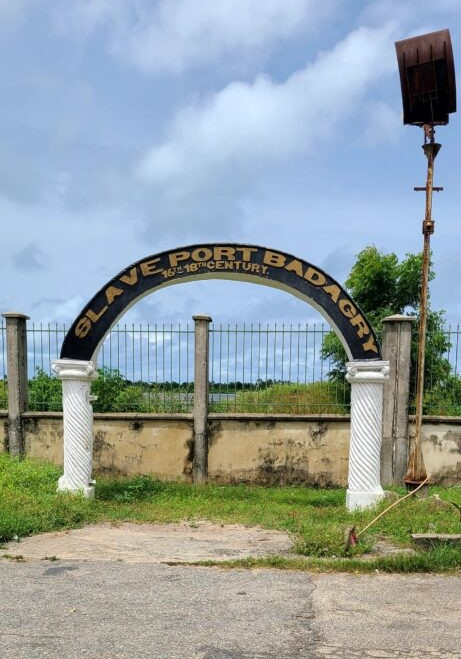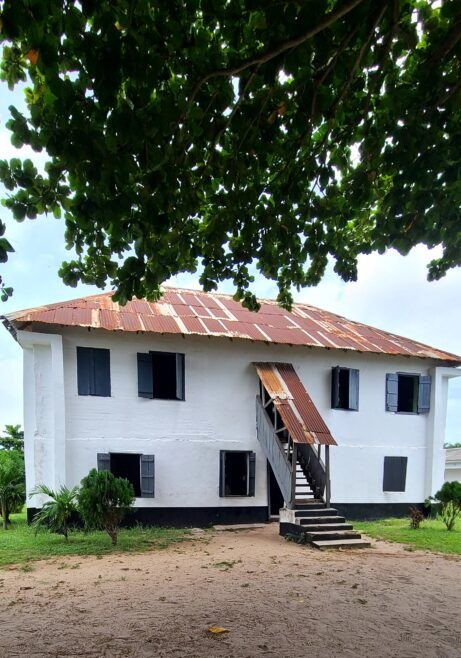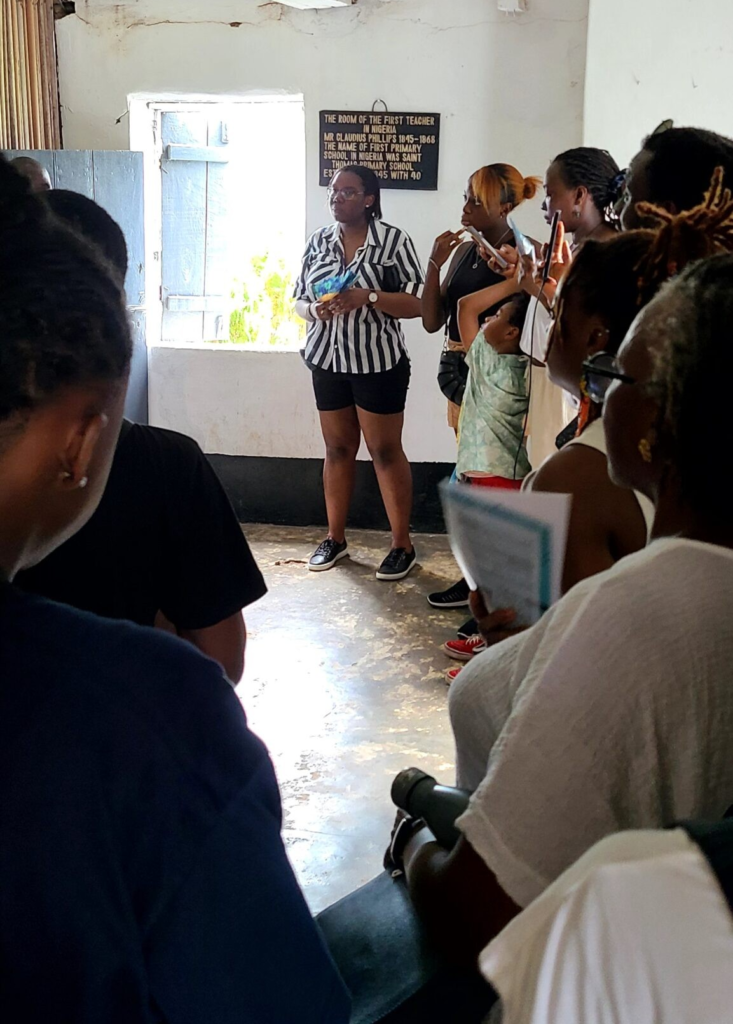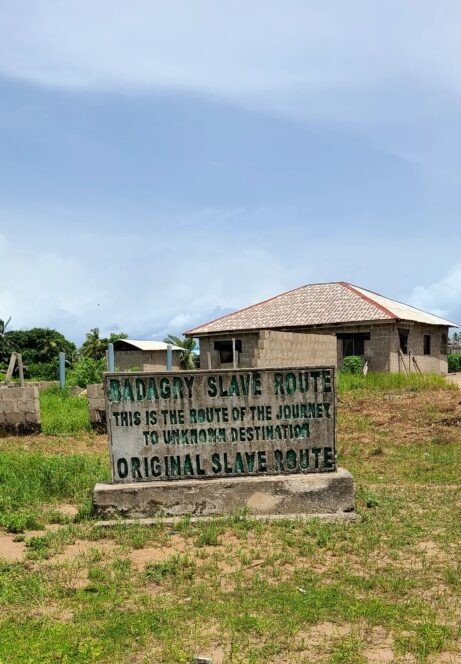
The Slave Museums of Badagry
Badagry, a coastal town in Lagos State, Nigeria, is rich in history and culture. As a significant site during the transatlantic slave trade, it offers profound insights into this dark period through its well-preserved slave museums.

The First Storey Building Museum
The First Storey Building in Nigeria, constructed in 1845, now serves as a museum that not only showcases its colonial architecture but also houses artifacts from the slave trade era. Walking through the rooms, you will see relics such as chains, shackles, and documents that shed light on the harrowing experiences of the enslaved Africans. The knowledgeable guides narrated stories that were both heartbreaking and illuminating, offering a glimpse into the lives of those who passed through this very building.

The Seriki Abass Slave Museum
Next, stop you have to visit is the Seriki Abass Slave Museum, named after a prominent slave trader who later became an advocate for abolition. This museum is set in the former compound of Seriki Williams Abass, a Brazilian slave merchant. The exhibits here are more personal, with rooms dedicated to the history of individual slaves and the trade practices of the time. The museum houses various artifacts, including trade beads, brass manillas (currency), and Portuguese cannons, providing a vivid portrayal of the trade’s brutality and the resistance efforts by the enslaved people.

The Point of No Return on Gberefu Island
A sober reflection when tourists get to the Gberefu Island, known for the infamous “Point of No Return.” This island was the final departure point for many enslaved Africans being shipped across the Atlantic.

To reach the island, you will get on a boat, a stark contrast to the grim history it concealed. Upon arrival, a short walk leads to the historical monument marking the Point of No Return. This spot, now peaceful and lush with vegetation, holds a tragic past. The guides recounted how enslaved individuals were taken through this route, often shackled and deprived of any hope of return.

The journey along the Path of the Slaves, marked with various significant stops such as the Attenuation Well (where slaves were made to walk in circles to disorient them), culminated at the beach. Standing there, gazing at the vast Atlantic Ocean, one could almost feel the despair and hopelessness that must have engulfed those forced to leave their homeland forever.

Reflections
Visiting the slave museums and the Point of No Return in Badagry leaves one with deeply moving experience. It brought to life the brutal reality of the transatlantic slave trade, making it more than just a historical fact but a lived human tragedy. These sites not only honor the memory of those who suffered but also educate visitors on the resilience and strength of the human spirit. This journey through Badagry was a poignant reminder of the importance of remembering and learning from the past to build a more just and compassionate future. Book a tour of this epic journey with us.
